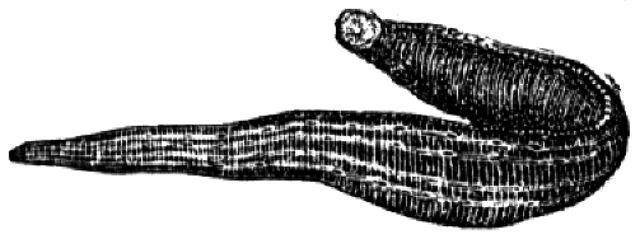

Using Mac OS 9 did not initially seem like such a "great idea" to me, though. The above is a lightly edited conversation between Senior Reviews Editor Lee Hutchinson and Automotive Editor Jonathan Gitlin in the Ars staff IRC channel on July 22 of 2014. Jonathan: perhaps AndrewC should have to use OS 9 for a day or two )

We're resurfacing his experience from September 2014 for your holiday reading pleasure. But one thing our Andrew Cunningham remains unthankful about is that time we forced him to take an extended dive back into the world of OS 9. Via the drop down, you can decide if the rule should match any combo of the process, the persistence file, and persistence item.Īll alert responses, are logged to: /Library/Objective-See/BlockBlock/'s Thanksgiving, all Ars staff is off, and we're grateful for it (running a site remains tough work). The 'rule scope' option allow you inform how to apply the rule. If you decide to block an item, BlockBlock will remove the item from the file system, blocking the persistence. Both actions will create a rule to remember your selection (unless you selected the 'temporarily' checkbox). If the process and the persisted item is trusted, simply click 'Allow'. The alert shows both the file that was modified to achieve persistence as well as the persistent item that was added. The persistent item that was installed:.There are also clickable elements on the alert to show the process's code signing information, VirusTotal detections, and process ancestry. The alerts contains the process name, pid, path, and arguments. The process responsible for the action:.If anything installs a persistent piece of software, BlockBlock aims to detect this and will display an informative alert: Once installed, BlockBlock will begin running and will be automatically started any time your computer is restarted, thus providing continual protection. Click 'Uninstall' to completely remove BlockBlock: To uninstall BlockBlock, simply re-run the 'BlockBlock Installer.app'. Malware installs itself persistently to ensure it's automatically (re)executed. If badblocks still finds bad blocks, it means that there are so many damaged blocks on the disk surface that the reserved area is full. If badblocks finds no bad blocks, your hard drive is fine (for now). So, run badblocks in write mode, and then again in read-only mode. The bad blocks are remapped to that reserved space, until it fills. Hard drives have a reserved space to use when bad blocks are found. The point of running a write-enabled badblocks check is forcing the hard drive to remap the damaged sectors. Note that this will destroy all the information you have on the hard drive! badblocks won’t copy the information to memory, and than back to disk. This is the result of a test on a 160 GB hard drive with 3 bad blocks.After getting something like this, you may try to run badblocks again, in write mode.


 0 kommentar(er)
0 kommentar(er)
